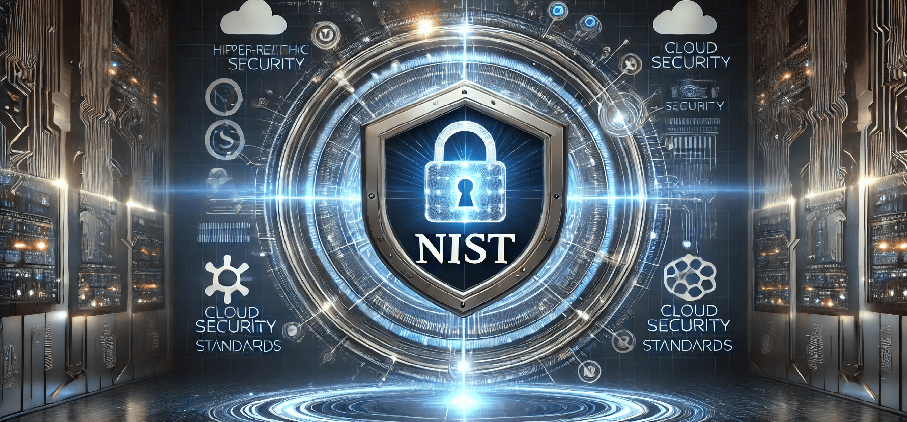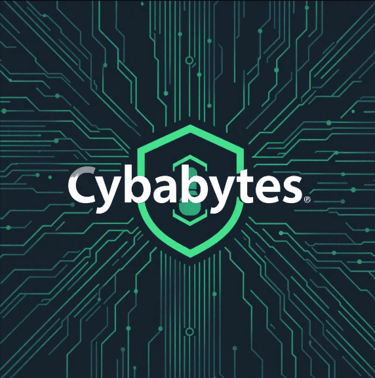The National Institute of Standards and Technology (NIST)
A Pillar of Innovation and Security


📢 Introduction
The National Institute of Standards and Technology (NIST) is a powerhouse in the world of technology, cybersecurity, and innovation. Established in 1901 as a part of the U.S. Department of Commerce, NIST plays a crucial role in developing standards, guidelines, and research that drive technological advancements and security best practices.
From cybersecurity frameworks to quantum computing research, NIST influences multiple industries and shapes the way organizations approach security, efficiency, and compliance. Its guidelines impact government agencies, financial institutions, healthcare systems, and even emerging fields like AI and blockchain.
🏛️ The Mission of NIST
At its core, NIST aims to:
✅ Promote innovation through standards and technology development.
✅ Enhance national security with cybersecurity frameworks.
✅ Improve industrial competitiveness.
✅ Foster scientific research in advanced fields like AI and quantum computing.
By setting reliable standards, NIST helps businesses, governments, and research institutions build trust, enhance security, and drive technological progress. It also provides grant programs and collaborates with the private sector to accelerate technological breakthroughs.
🔑 Key Areas of NIST
NIST’s impact spans various domains, including:
🔐 Cybersecurity & Privacy – Creator of the famous NIST Cybersecurity Framework (CSF) and guidelines for encryption, risk management, and incident response.
🧪 Scientific Research & Measurement Standards – Advances in physics, engineering, and material sciences, such as precise atomic clock development.
📡 Communications & AI – Research in 5G, IoT security, and artificial intelligence, including ethical AI frameworks.
🖥️ Quantum Computing & Cryptography – Pioneering research in next-generation computing and post-quantum cryptography to secure future digital transactions.
⚙️ Manufacturing & Industrial Innovation – Smart manufacturing, robotics, and automation standards that drive Industry 4.0 advancements.
🌍 Environmental & Energy Research – Studies on sustainable energy, climate change, and smart grid security to ensure resilient infrastructure.
🛡️ NIST and Cybersecurity: A Global Standard
NIST’s cybersecurity guidelines are widely adopted across industries. The NIST Cybersecurity Framework (CSF) is a go-to resource for businesses looking to enhance their security posture. It consists of:
Identify – Understanding assets, risks, and security roles.
Protect – Implementing safeguards against cyber threats.
Detect – Monitoring systems for anomalies and intrusions.
Respond – Taking action against incidents.
Recover – Restoring systems and learning from breaches.
Additionally, NIST provides:
✔️ NIST 800 Series – Detailed cybersecurity guidelines for organizations, including NIST 800-53 for federal agencies and NIST 800-171 for businesses handling sensitive government data.
✔️ Zero Trust Architecture – A modern security approach minimizing trust in networks, now a key focus for government agencies.
✔️ Cryptographic Standards – Recommendations for encryption, hashing, and digital identity management, including future-proofing against quantum threats.
✔️ Privacy Framework – A guideline to help businesses align their data protection policies with legal regulations such as GDPR and CCPA.
🚀 NIST’s Influence on Future Technologies
NIST doesn’t just set today’s standards—it shapes the future. Some emerging areas of research include:
🌌 Quantum Information Science – Developing quantum-resistant cryptography to safeguard data from future quantum computers.
🤖 Artificial Intelligence (AI) Governance – Ethical AI development, risk management, and bias reduction in machine learning models.
🔗 Blockchain & Digital Identity – Enhancing trust in digital transactions, with research on secure decentralized identity frameworks.
🛰️ Space Technology Standards – Guidelines for aerospace communication, GPS accuracy, and deep-space navigation.
⚡ Smart Cities & IoT Security – Creating cybersecurity standards for connected devices and infrastructure in smart urban environments.
⚖️ NIST Compliance and Industry Adoption
Many industries and government agencies align with NIST standards for compliance:
🛡️ Government & Defense – Federal agencies follow NIST 800-53 for cybersecurity.
🏦 Financial Sector – Banks use NIST guidelines for risk assessment, fraud prevention, and secure transactions.
🏥 Healthcare & HIPAA Compliance – Hospitals rely on NIST security controls to protect electronic health records and patient data.
🏢 Private Enterprises – Businesses implement NIST CSF for improving security policies and achieving regulatory compliance.
🚗 Automotive & Smart Vehicles – NIST contributes to cybersecurity frameworks for autonomous vehicle security and connected car systems.
📌 Expanding the NIST Discussion: Key Topics to Explore
Want to dive deeper? Here are some exciting subtopics related to NIST:
🔐 NIST Cybersecurity Framework vs. ISO 27001 – Comparing two major security frameworks and their global impact.
🧑💻 NIST and Zero Trust Security – Why a Zero Trust approach is the future of cybersecurity and how businesses can implement it.
⚙️ NIST's Role in Smart Manufacturing – How standards improve Industry 4.0, automation, and AI-driven factories.
🌍 NIST’s Environmental Impact – Sustainable energy research initiatives and their influence on climate action policies.
📡 NIST & 5G Security – How NIST is working to ensure the safety of next-generation wireless networks.
💰 NIST Grants & Funding – Opportunities for startups and researchers to receive financial support for innovative projects.
🚨 NIST Guidelines for Incident Response – Best practices for handling cyber threats, including ransomware and data breaches.
🛰️ NIST’s Influence on Space Technology – How NIST’s precision standards enhance GPS, satellite security, and space exploration.
🕵️♂️ NIST’s Role in Digital Forensics – Setting standards for cybercrime investigation and evidence collection.
⚡ NIST and Emerging Biometric Security – Research into fingerprint recognition, facial ID, and secure biometric authentication.
🌟 Conclusion: Why NIST Matters
NIST is more than just a standards organization—it’s a catalyst for security, innovation, and technological progress. Whether you’re in IT security, research, or business development, understanding NIST’s frameworks and guidelines helps you stay ahead in an evolving digital landscape.
Its influence extends from government agencies to Fortune 500 companies, ensuring that security and innovation remain at the forefront of technological advancements. As industries move toward AI, quantum computing, and IoT security, NIST will continue to lead the charge in setting the gold standard for compliance, risk management, and innovation.
Curious about any of the topics above? Let’s explore them together! 🔍🚀
